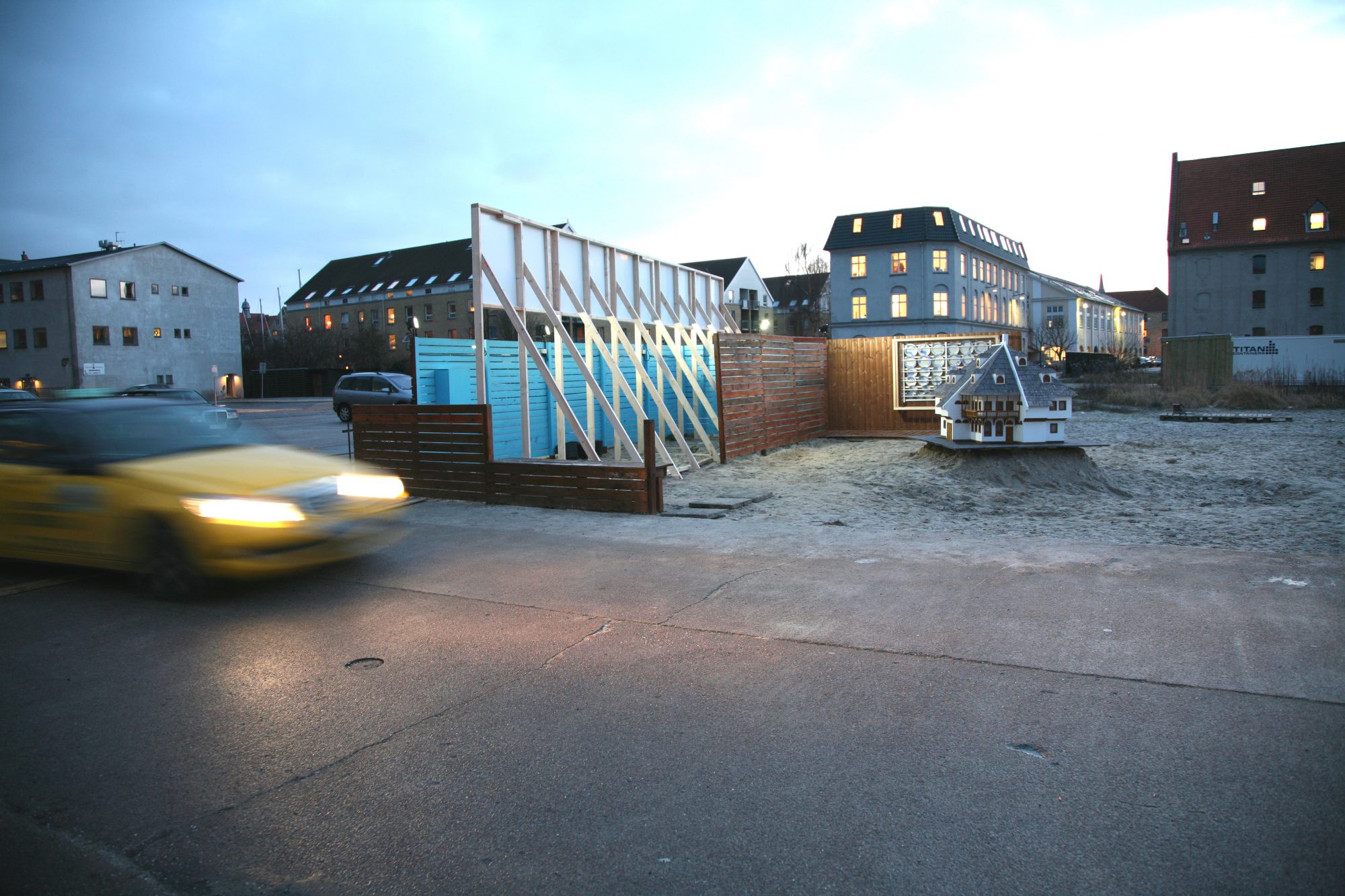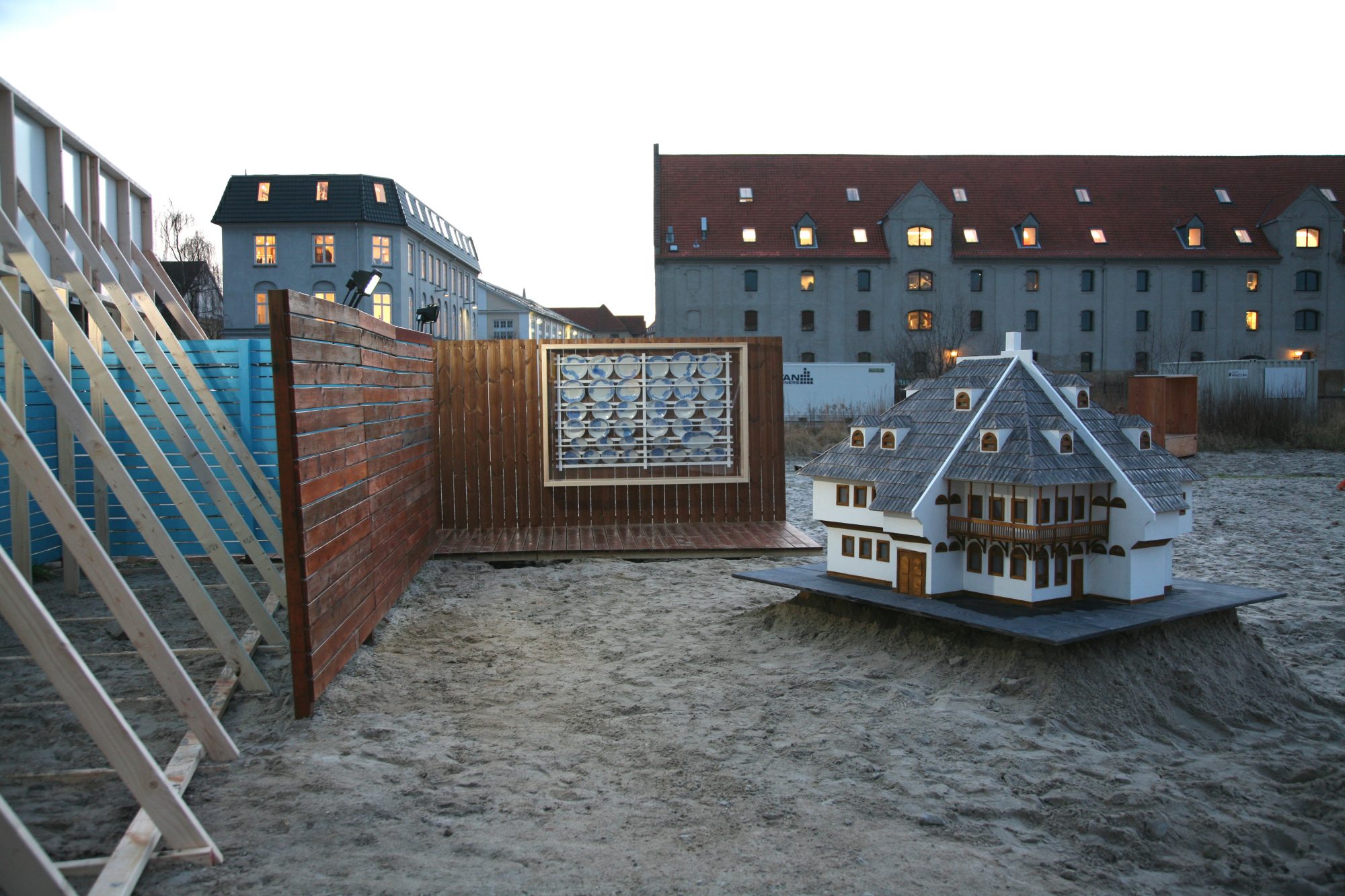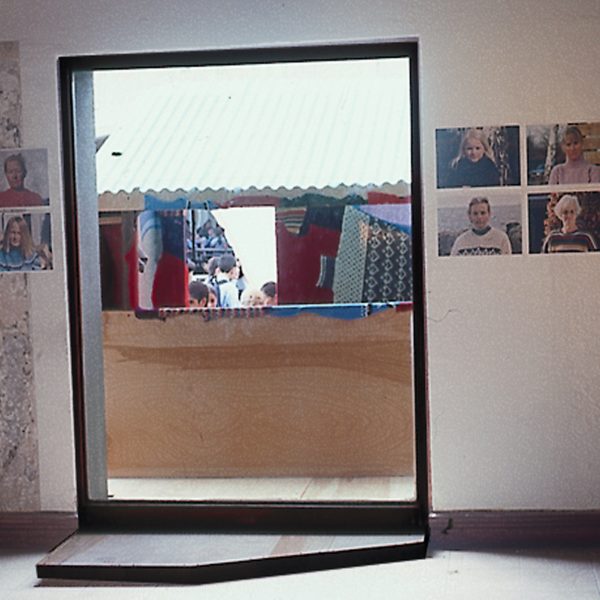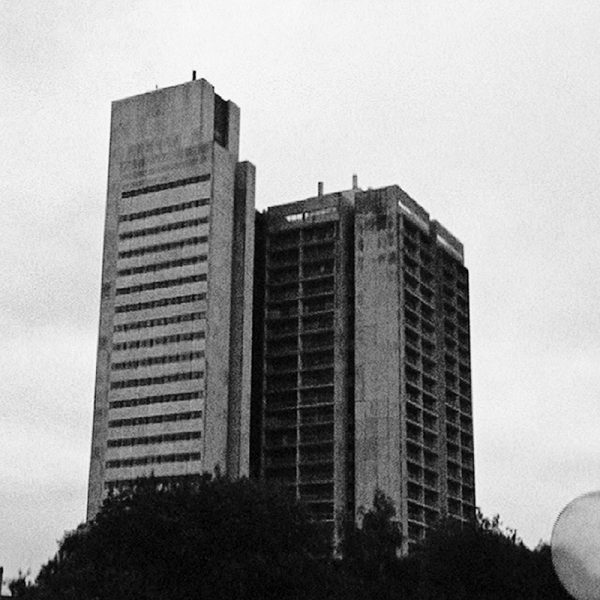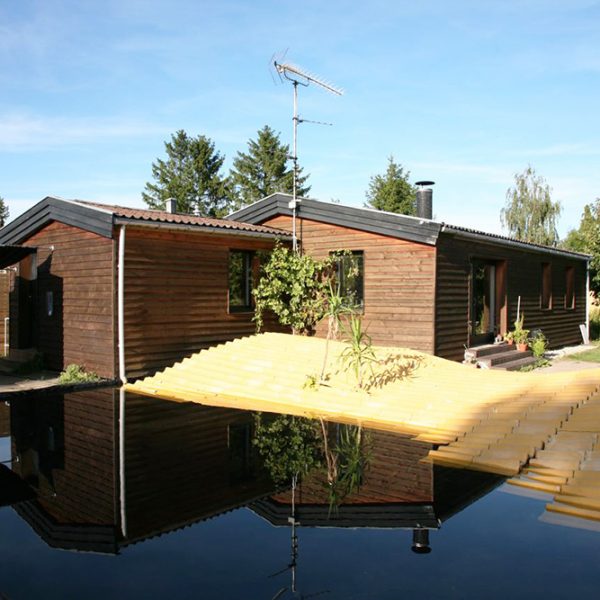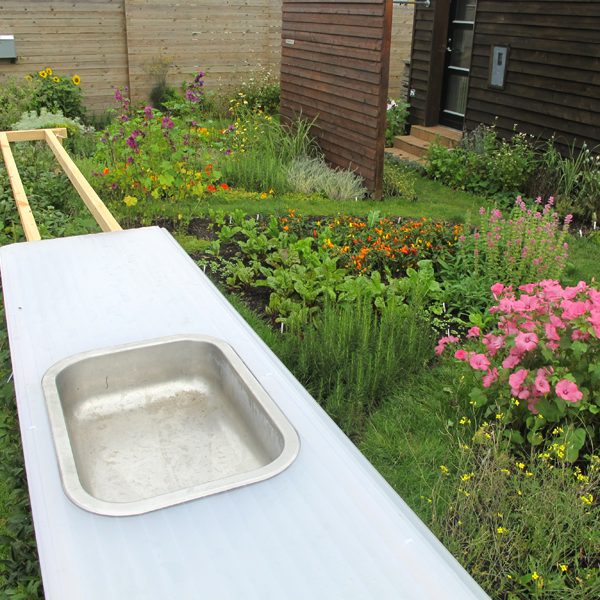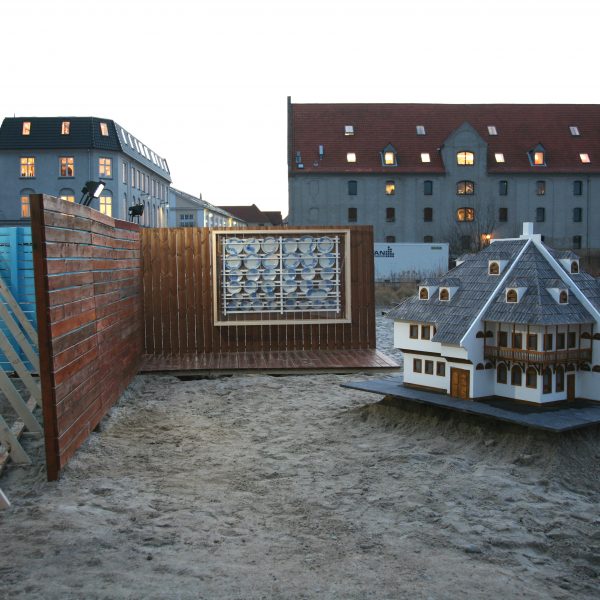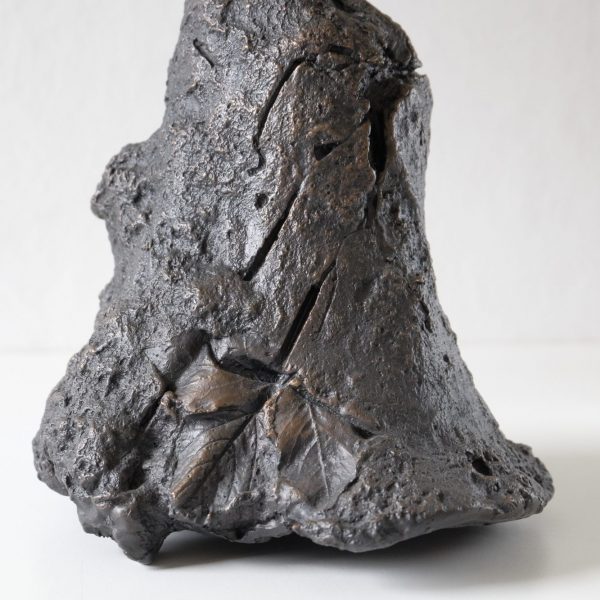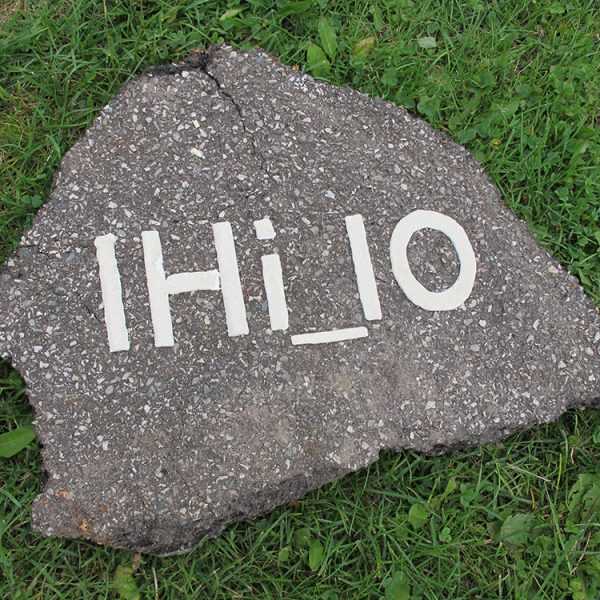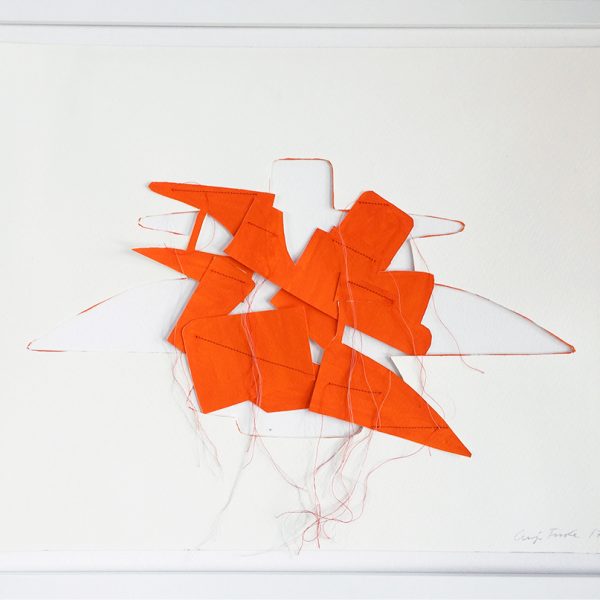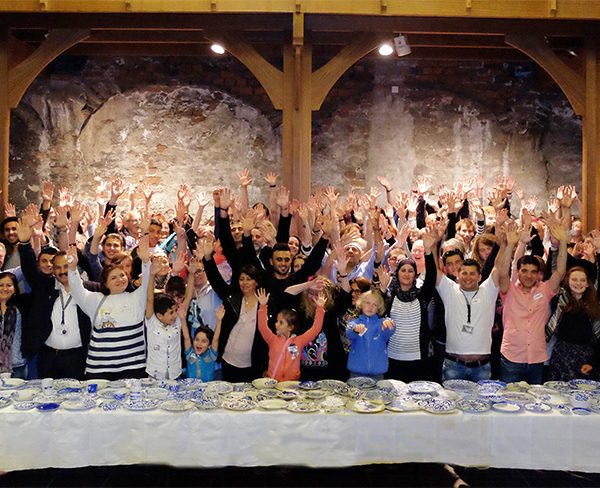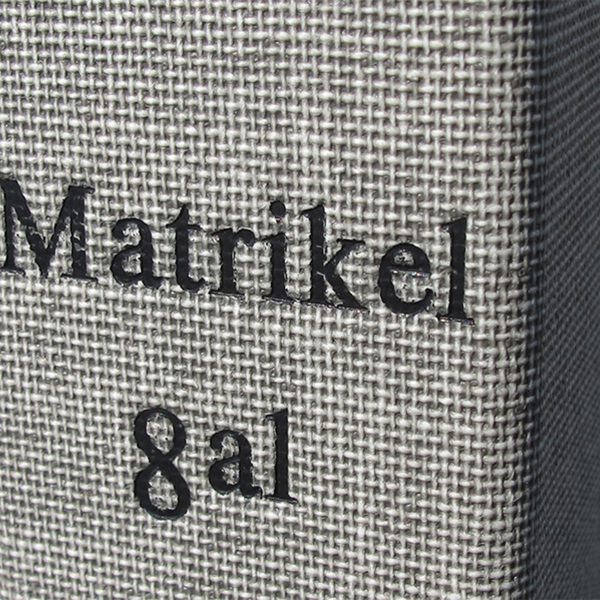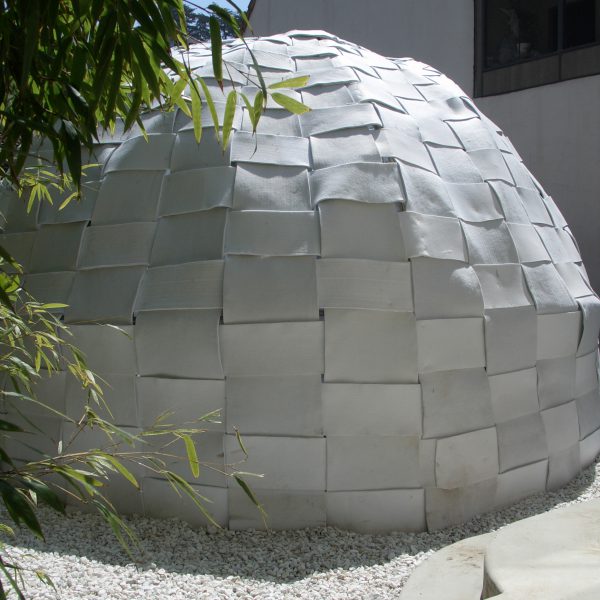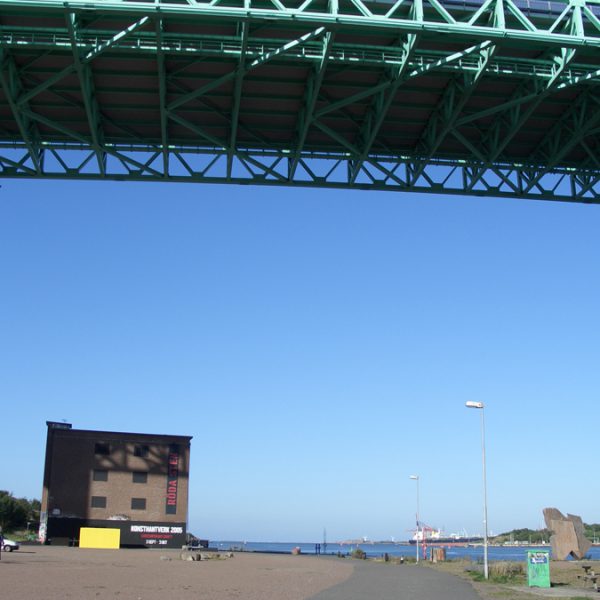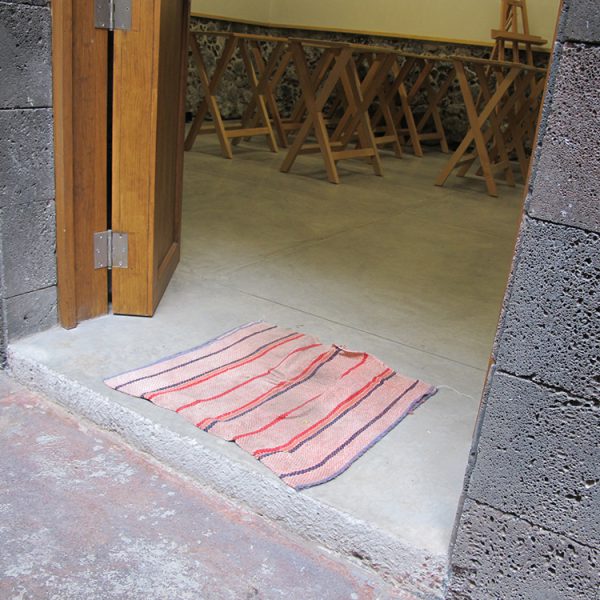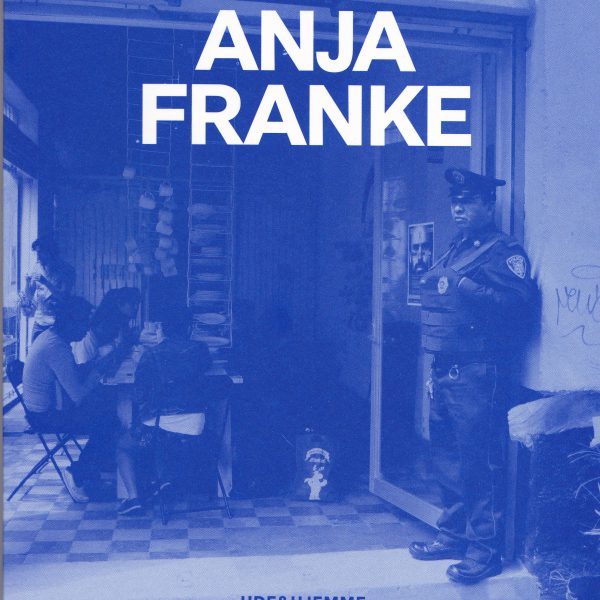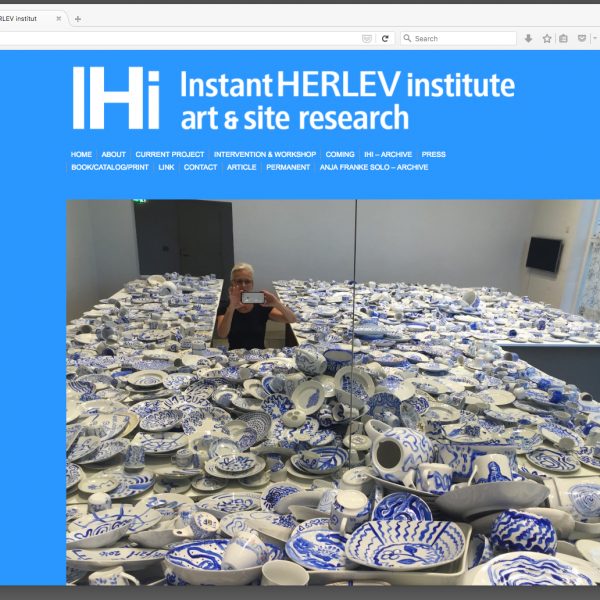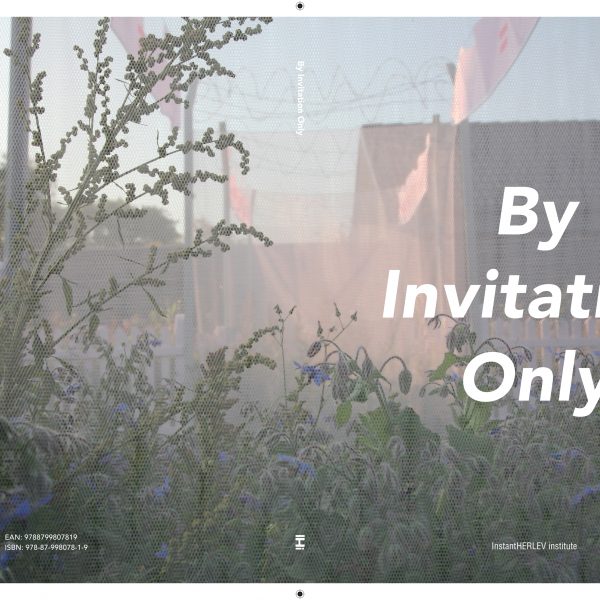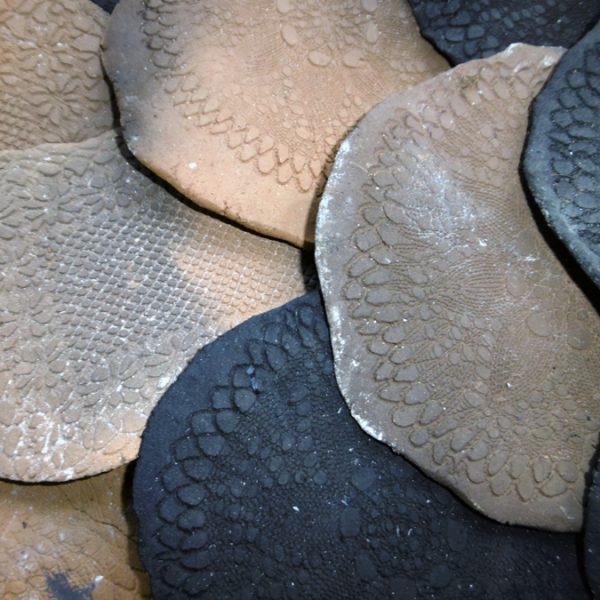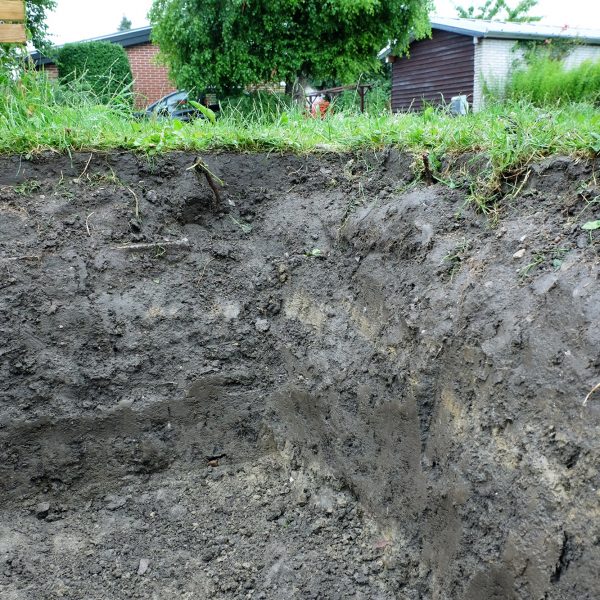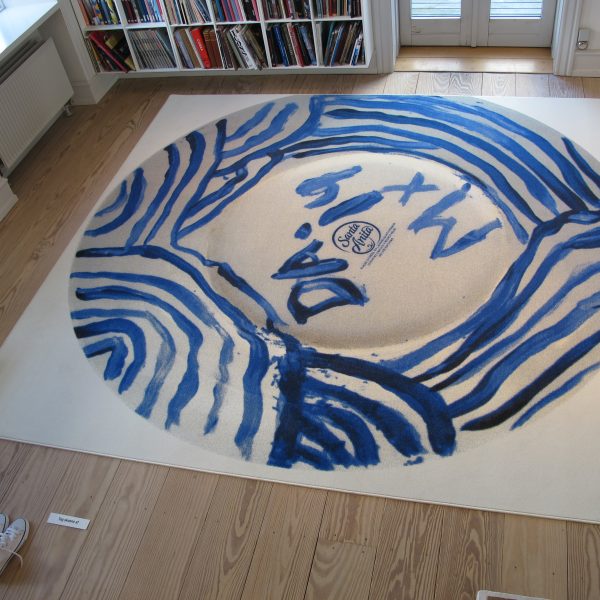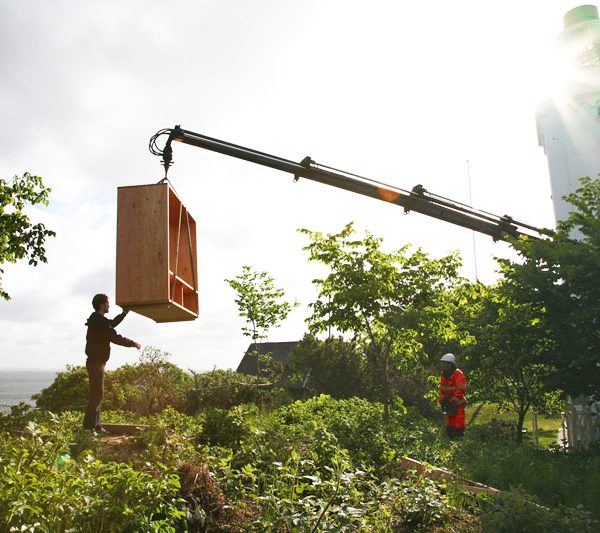MOVING was a public installation and a two person show produced by InstantHerlev institute. This particular public art installation is part of ongoing site-specific exhibitions that InstantHerlev institute either curates or produces.
Materials: mixed.
Krøyers Plads, Copenhagen
28 January –1 September 2012
Taken from the original press release:
How mobile are people, spaces and cities? How can something new emerge out of something old? Part of an InstantHERLEV institute and N55 ongoing project One City Campaign now unfolding at the contested, currently empty Krøyers Plads, the exhibition InstantHERLEV institute – MOVING aims at displaying how something can travel from one place to another, from one identity to another, in consequence of desire or need. The physical frame around the exhibition is a fence with a gate that could have been taken from Anja Franke’s private garden, a typical Danish single-family house garden. Krøyers Plads has been empty for years, only used for temporary cultural purposes, since the local residents, the owners and the municipality cannot agree on what is to happen with the space. With InstantHERLEV institute – MOVING, the deserted space is turned into a construction site allowing new activities to spring from the ground relating to possible future contents of it.
The exhibition reflects on the site-specific that is designed for a certain location as opposed to the foreign and exotic, which is brought in and alien to the site. Anja Franke’s migrated suburban fenced garden and recycled porcelain tells how things can travel in space and time to extend their lives and functions, whereas Amel Ibrahimovic reveals that the history of Krøyers Plads is one that has included the situation of losing one’s home, identity and history. In a tension between the familiar and the unfamiliar, the artists tentatively create a half-open, half-closed space on the public site, showing different ways of dreaming of, searching for and finding new accommodation.
Anja Franke: WASTE
WASTE involves the collection of porcelain that is no longer in use and the process of it becoming new dinnerware. Throughout January Christianshavn residents handed over their personal discarded porcelain behind the fence on Krøyers Plads. Subsequently, Anja Franke has painted it with a new pattern and baked it in order to finally exhibit it as a part of a new dinner set. The pattern has been developed with reference to the typical Danish kitchen blue colour, Danish, blue fluted porcelain – and waste. WASTE is about our daily use-and- throw-away culture sparking a consideration of how we interact with our environment and with simple means exemplifying how we can reshape it to give it new value – from plates to homes to the whole city.
Amel Ibrahimovic: BOSNIAN HOUSE KONAK
The work takes five architectural drawings made by Amel Ibrahimovic’s father Reuf Ibrahimovic in 1997 as its point of departure. After the war in Bosnia Reuf Ibrahimovic designed a house, calling it a Bosnian house. It has since been constructed as a standard house. A contrast to the typical Danish house garden Amel Ibrahimovic uses the frame of the exhibition to display billboards with the drawings and a model of the Bosnian house, which might not be that Bosnian anyway. By the early 1990s an enormous refugee ferry, ‘Flotel Europa’, a five storey fleeting hotel with more thousand refugees from Bosnia and Herzegovina, lay at Krøyers Plads. Everyone had lost their homes and lived at the flotel for more years. Today Krøyers Plads is a desired and disputed site meeting a yet unknown destiny. According to Amel Ibrahimovic the project works as a proposal for what to build on the empty space: It is about constructing, building, getting on with one’s life, about the future being our common project.
Amel Ibrahimovic is born in 1977 in Bosnia-Herzegovina. Educated as a visual artist at Funen Art Academy in Odense and Städelschule in Frankfurt (1998-2003). In his practice Ibrahimovic works with different media, his projects being about identity, mobility, nationality and sense of belonging using concepts like displacement, assimilation, real time and narration.
